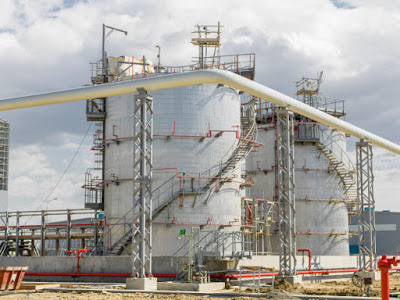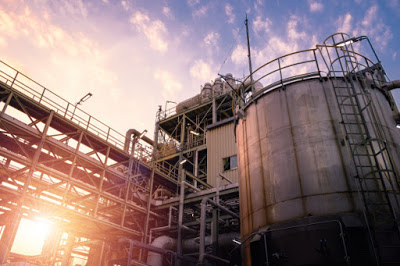A pressure vessel is an insulated, waterproofed container designed to contain fluids or gases at a much higher pressure than the normal ambient pressure of the system it is in. This allows for more efficient transportation of fluids by reducing the amount of time that the fuel or liquid has to travel through the pipes, reducing the cost of operations, and improving equipment reliability. However, if the vessel's construction is not robust, it may fail to provide the high level of protection that customers require. In addition to these generalizations, there are specific design considerations that must be addressed before a customer decides to purchase a pressure vessel. Some of these include:

Safety requirements:
Any pressure vessel should be designed with safety as a top priority. Whether or not a company specializes in designing and building these vessels, it is necessary that they are designed in a way that will allow them to meet the regulatory demands of the Occupational Safety and Health Administration (OSHA).
Size requirements:
In some cases, companies may have a need for very large vessels, while in other situations they may require smaller vessels. For example, it would be preferable for a chemical processing facility to purchase a design that can house up to twenty or thirty tanks instead of relying on smaller, less expensive designs. This would allow for more flexibility in regard to capacity, waste transfer methods, and availability of personnel to man the vessel onsite.
Compliance with local regulations:
The design of the vessel itself must closely match OSHA standards. In addition, any mandatory standards set by local, state, and federal agencies must be adhered to. Any changes to the vessel's design must be carefully evaluated and approved before implementation.
Vessel capacity:
Many OSHA-approved vessels are limited to the pressures they can safely support; larger vessels must be designed in such a way that they are able to safely support a higher load. If this is not done, the result can be catastrophic.

Safety features:
Finally, the safety features on a pressure vessel must be tested and certified before use. This includes all mechanical and electrical systems. Testing must be done both inside and outside of the facility to ensure that these systems work as intended. If testing is not performed, then this puts the personnel who operate these types of vessels at risk and exposes the public to a significant risk of harm.
Read More: The Many Uses of Pressure Vessels
View More: Promec Engineering Pty Ltd

